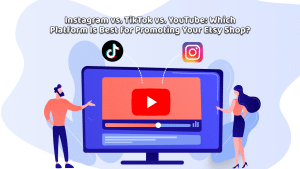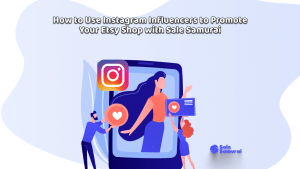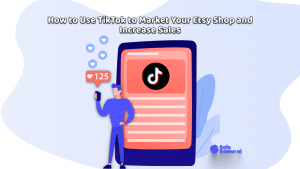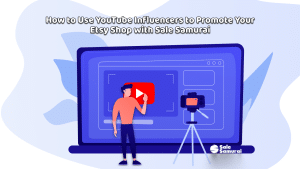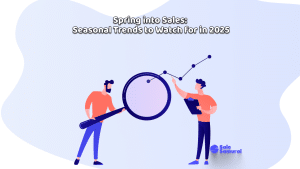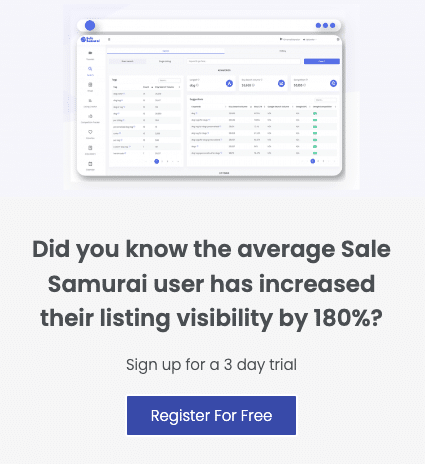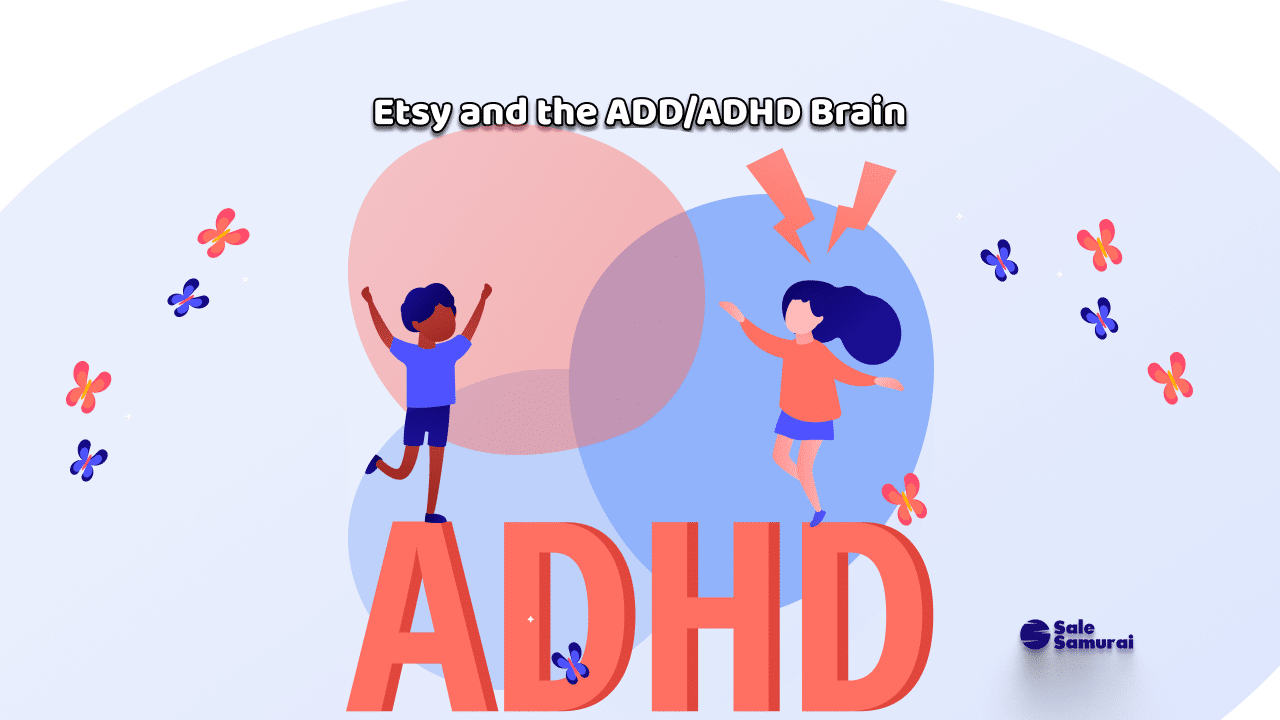
Last year I was officially diagnosed with ADHD after exhibiting the characteristics for most of my life. Like you, I’m creative. Like you, organization comes easily to me.
Chances are, if this headline grabbed you, then I also share your difficulty with staying focused long enough to be creative or organized when it’s needed.
And like you, I can be my biggest obstacle when it comes to running an Etsy store.
It’s only natural that creative people like us turn to Etsy. It is a well-organized and easy-to-use tool that gives us an outlet to express our creativity. It also lets us get paid for it. Etsy lowered the barrier to entry for anyone with artistic inclinations to trade off their talent.
With just a click, the intimidating world of the artistic gatekeepers – the gallery owner, the retail buyer, the editor – collapsed. It’s just us and our customers. A craft fair booth the size of a planet. What could go wrong?
Well, there’s burnout. Distraction. Procrastination. Crippling anxiety. Tunnel-vision. Priority blindness. Intense interest in something new, then complete disinterest.
With all these challenges that come with ADHD, how does anyone run a successful Esty shop?
Just as anyone with ADHD may experience the above challenges differently, the definition of success also differs from person to person. I can’t tell you what to do to hit your desired success metric. But I can tell you what coping skills I use to hit mine. You may find some of these useful, or you may just find them familiar.
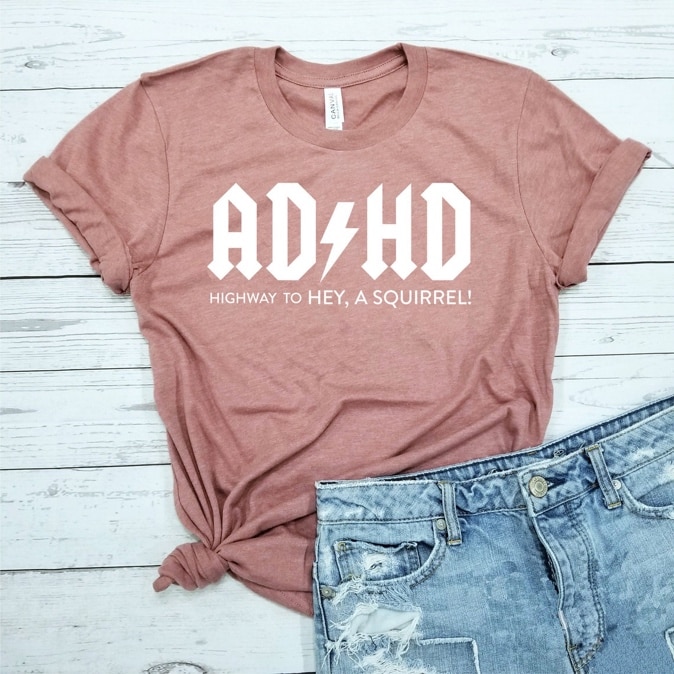
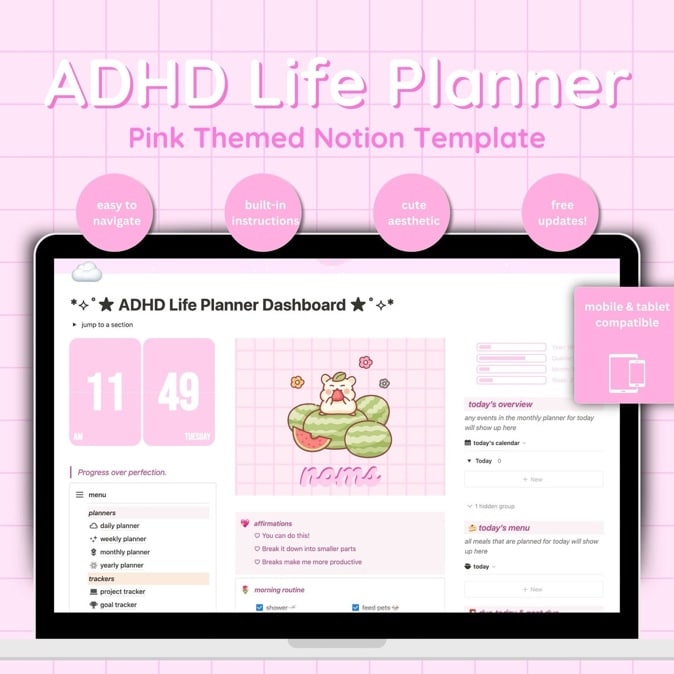
“The Burden of Genius”
First off, creativity is my superpower. My brain boils with ideas. I can see colors, patterns, and possibilities that seem to slip by others. I think visually. My parents said that when I was a child I paid more attention to the commercials than the actual TV program, so I was born to “make stuff people want to buy.” This part of my brain is what pushed me to open my Etsy shop in the first place.
However, as much as this creativity is a gift, it’s also my first big hurdle. My mind doesn’t like to stick to one project. One day I’m deeply passionate about a new line of simple t-shirts, and the next, I’m rabbit-holing Alibaba for elements of a new collectibles kit for a client. This means I have a ton of projects started with just as many unfinished. For someone running an Etsy shop, this can spell chaos. It’s crucial to complete projects and keep your store stocked, but that’s easier said than done when your attention pops like bubble-wrap.
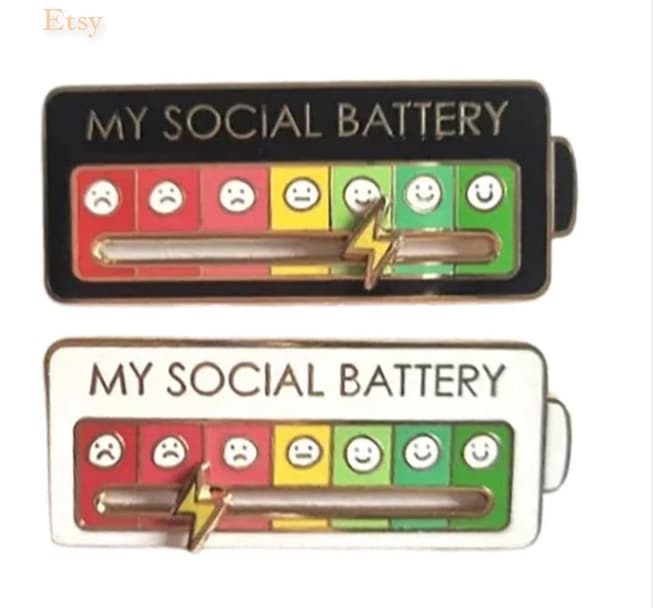
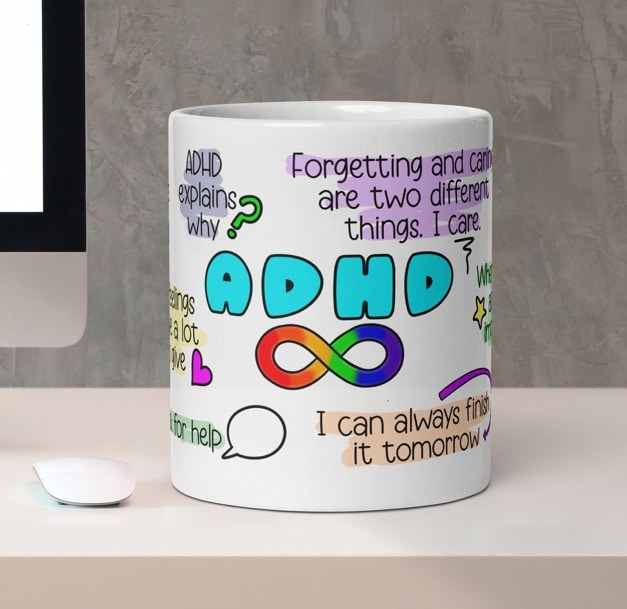
The Woes of Wobbly Workflow
Setting up a workflow is critical. Ideally, I need a structure that allows me to rotate through tasks so I don’t get bored, while also ensuring that I move each project forward. Sometimes, I use a timer, as suggested in the Pomodoro method of time-management. For instance, I might set a timer for two 45-minute session to focus on writing (that’s how long it typically takes for me to produce a rough draft of this blog) with a 10 minute break in between. Then I’ll switch to 30 minutes of sketching out product ideas, then 30 minutes of email. It’s a bit like circuit training at the gym but for my brain’s focus muscles.
The challenge is, some days, the timers are merely a suggestion that my brain laughs off. Distractions are everywhere. Did I remember to post on social media today? Maybe I should do that now. Wait, is that a new message from a customer?
Or worse, it exacerbates anxiety. If I’m not losing track of time, I’m hyper-aware of it. I see the seconds, minutes, hours, moving faster than my work and I’ve already convinced myself I’ve lost the race.
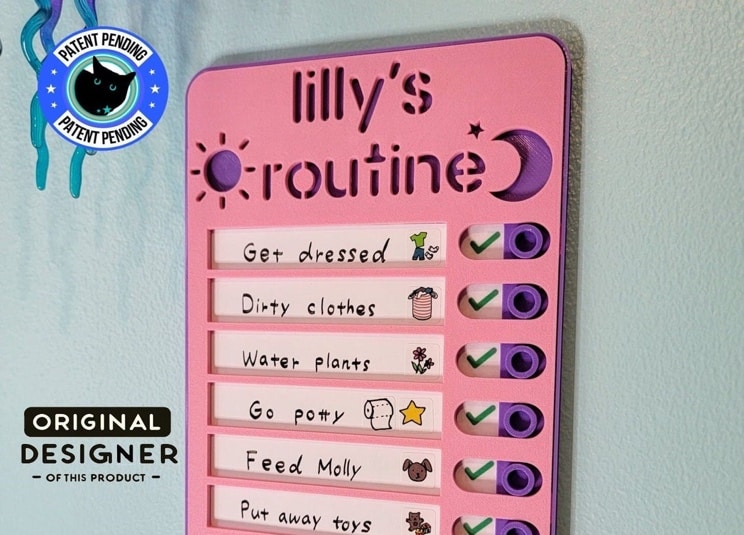
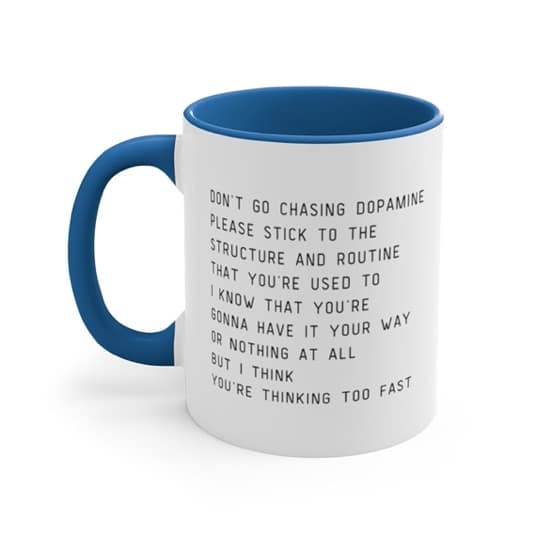
The Only Thing Routine About My Routine Is My Inability To Stick To It
People often suggest sticking to a routine, and I try—believe me, I do. On good days, I wake up early, answer customer queries, pack orders, then move on to creating new products. But then there are days when I can’t even decide which task to start with, and everything stalls.
ADHD affects impulse control and planning, so sometimes, despite my best intentions, routine flies out the window, and spontaneity takes the driver’s seat. This can lead to innovative ideas or a completely derailed day – sometimes both – within hours.
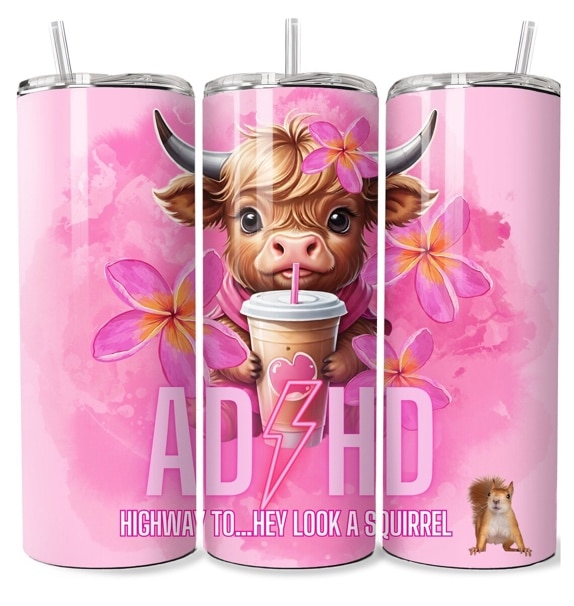

Creativity vs. Productivity
When I do manage to buckle down on a project, my ADHD enhances my creativity. I can hyper-focus, a phenomenon where I become so engrossed in what I’m doing that time and everything else fades away. This can be fantastic for creating complex, innovative products that my clients and customers love.
But it’s a double-edged sword. Hyper-focusing on getting a product just right might steamroll right over the next thing on my schedule. I’ll get a text from someone asking why I’m late for a Zoom call, or I’ll realize that I never got to another project that was also due that day.
Worse, hyper-focusing can create a negative feedback loop of error-repair-error-repeat. This is when you’re fine-tuning the details of a project only to discover errors you’ve overlooked and start second-guessing and making more mistakes. Then, your anxiety about the errors blinds you to more errors and a one-hour project becomes a three or four hour mental whack-a-mole. I usually refer to this as a botched surgery – when keep opening up the patient to fix another thing that’s gone wrong, the risk of mortality increases.
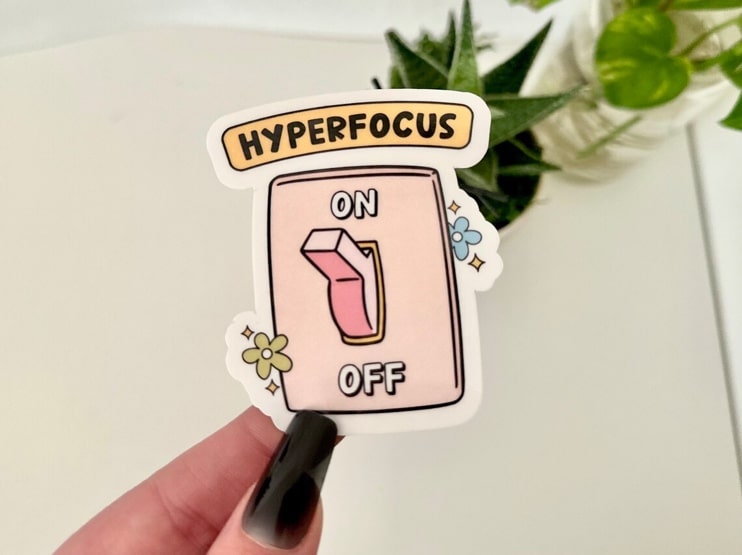
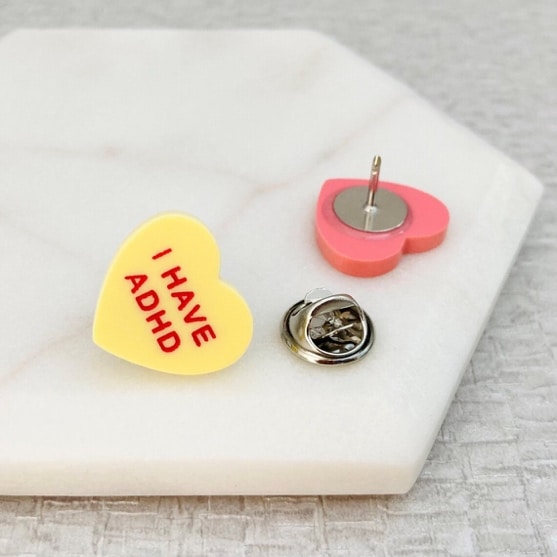
Work/Life Balance
Managing work/life balance is, by far, one of my biggest challenges. When your home is also your workspace, the lines get blurry. It’s even tougher when part of your brain is always urging you to jump on the next exciting project. I’ve learned that setting physical boundaries is as important as setting mental ones. My work space is designated only for work. The rest of my home is a no-business zone.
I will admit, this is enforced by my wife, who has spent the last decade reclaiming parts of the house.
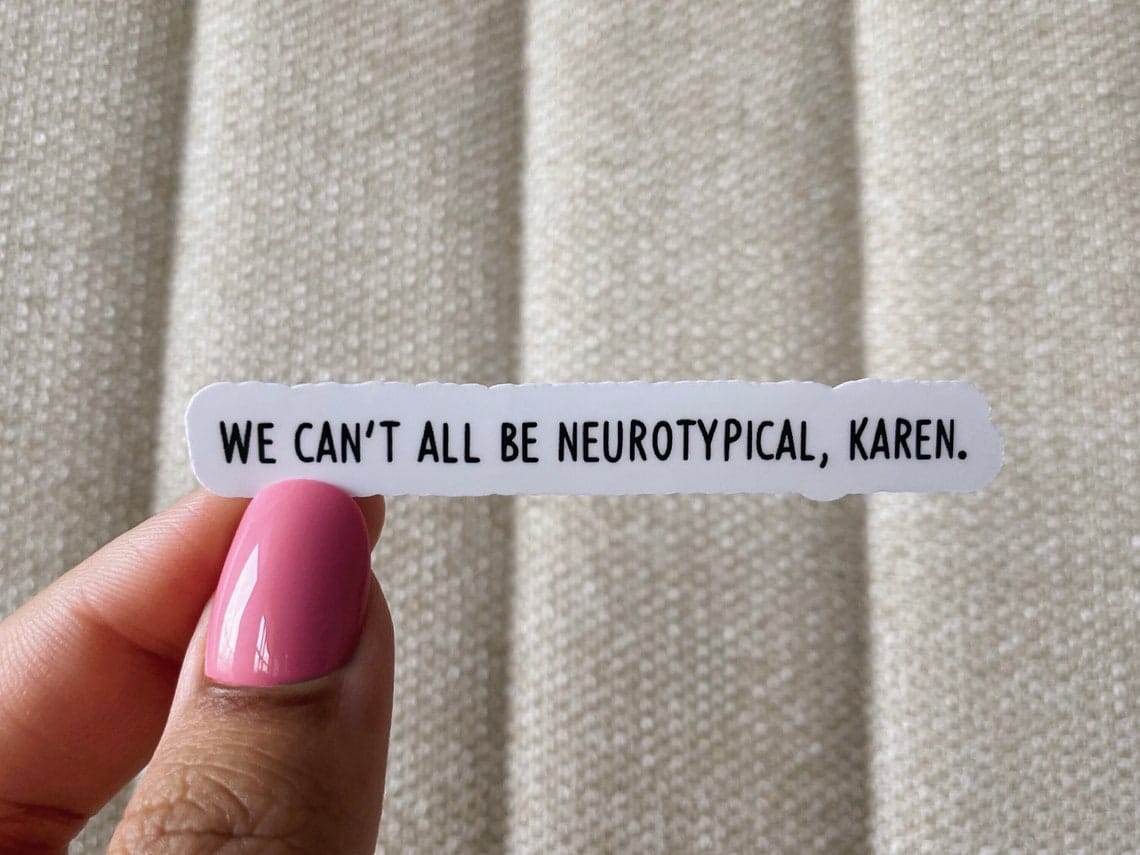

Full-Time vs. Side Hustle
Whether this Etsy shop is a full-time gig or a side hustle also shifts the dynamic. When I was doing this part-time, alongside a day job, it was in some ways easier to manage. It was small, it was bite-sized. The external structure of traditional employment helped me regulate my time and energy. Now, running my business full-time, all the organizational responsibilities fall on me. It’s liberating but daunting.
That’s not to say I’m not organized – far from it! But my organization skills are also subject to levels of hyper-focus. When I find the time (though I truly know that I should MAKE the time), my hyper-focus allows me to craft plans and timelines and task breakdowns the envy of the greatest military strategists. The difficulty is that I’m both general and infantry.
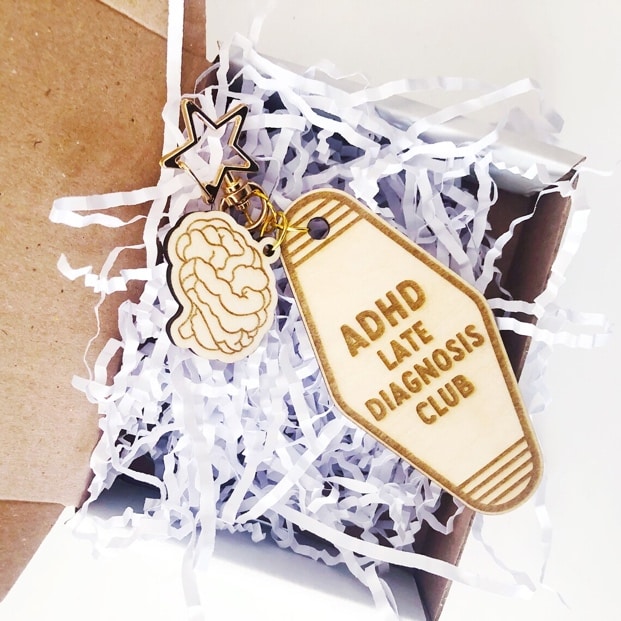
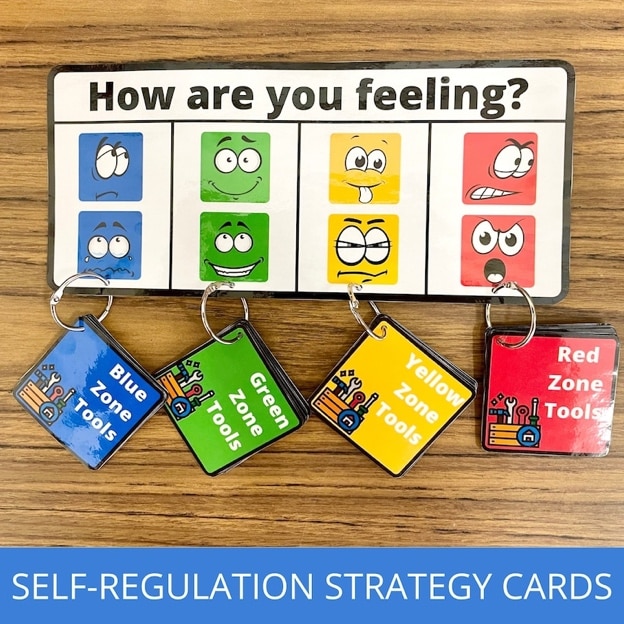
Metaphor Ahoy!
Running an Etsy shop with ADHD is like navigating a river with unpredictable currents. But here’s the thing: it’s my river. Yes, some days I feel like I’m capsizing, but on others, I’m the captain of a vibrant, creative vessel that brings joy not only to me but to my customers around the world.
As for how to navigate the turbulent seas of an Etsy shop with ADHD, I can only tell you what guides me: there will be times when it feels like a joyless journey, but let the joyful days be the stars to steer the ship by.
And remember, we’re all in the same boat.
